10 Animals That Are Completely Different at Night
The moon has long been a symbol of mystery and transformation, casting its silvery glow across the earth and inspiring countless myths and legends. In the natural world, the moonlight serves as a silent conductor, orchestrating a mesmerizing metamorphosis for certain extraordinary creatures. These physical transformations involve a complex interplay of behavior, physiology, and environment. This article delves into the enchanting world of 10 creatures that undergo remarkable changes under the moonlight. From the deep seas to dense forests, we embark on a journey to explore how these transformations are not merely survival strategies but also a testament to the intricate and wondrous tapestry of life on Earth.
1. The Mystical Moth: Nature's Night-time Navigator
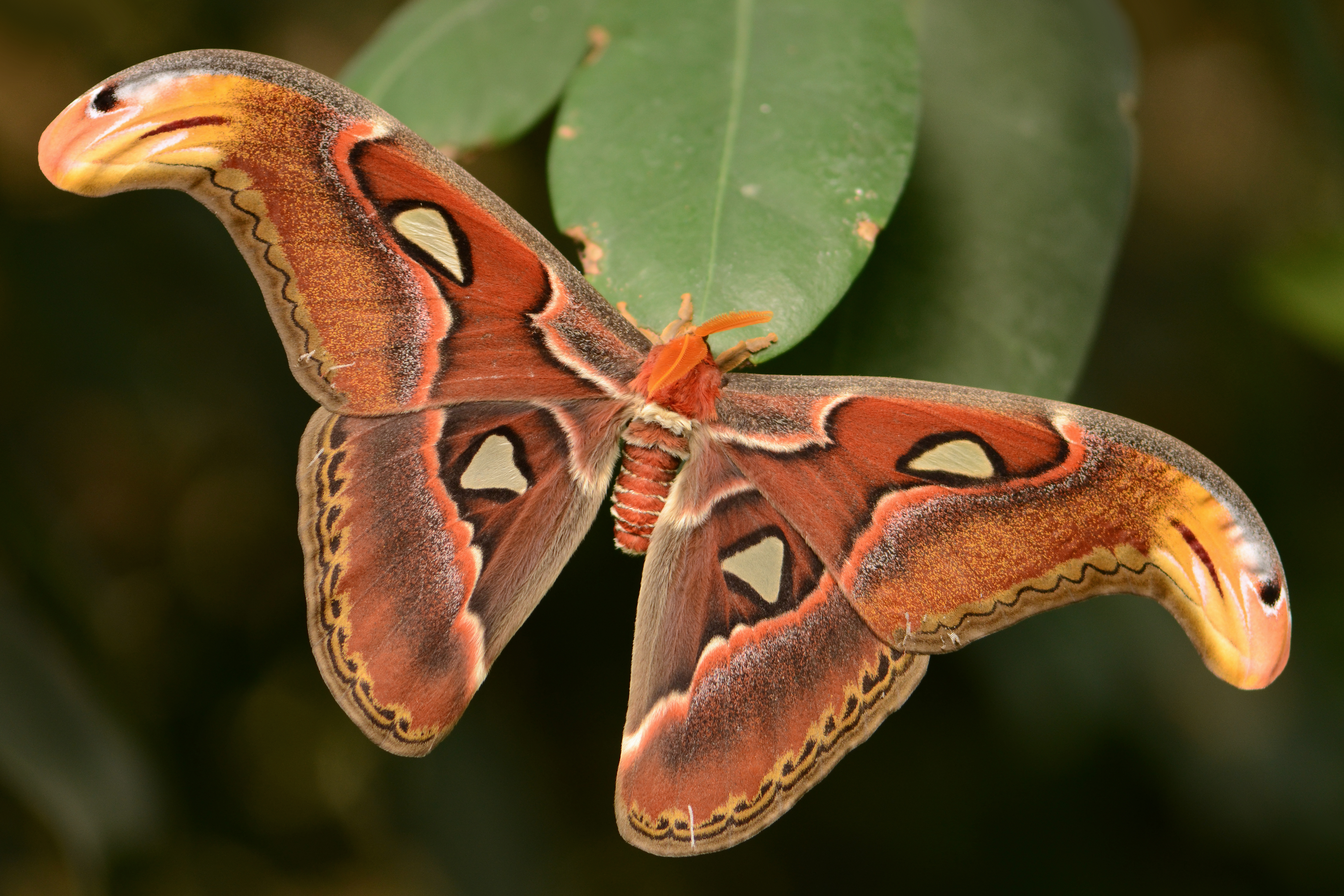
Moths are often seen fluttering around lights at night, but their connection with the moon is far more profound. These nocturnal insects use the moon as a navigational tool, a behavior known as transverse orientation. This method allows them to maintain a constant angle relative to the moon's light, guiding them across vast distances. However, under the moonlight, some species of moths undergo a complete transformation. Adorned with visible patterns, their wings become luminescent, a defense mechanism against predators. The moonlight also changes their behavior, making them more active and increasing their chances of finding mates. This intricate dance between moths and the moonlight showcases nature's ability to adapt and thrive in the darkness.
2. The Silverfish's Secret: A Lunar Lure
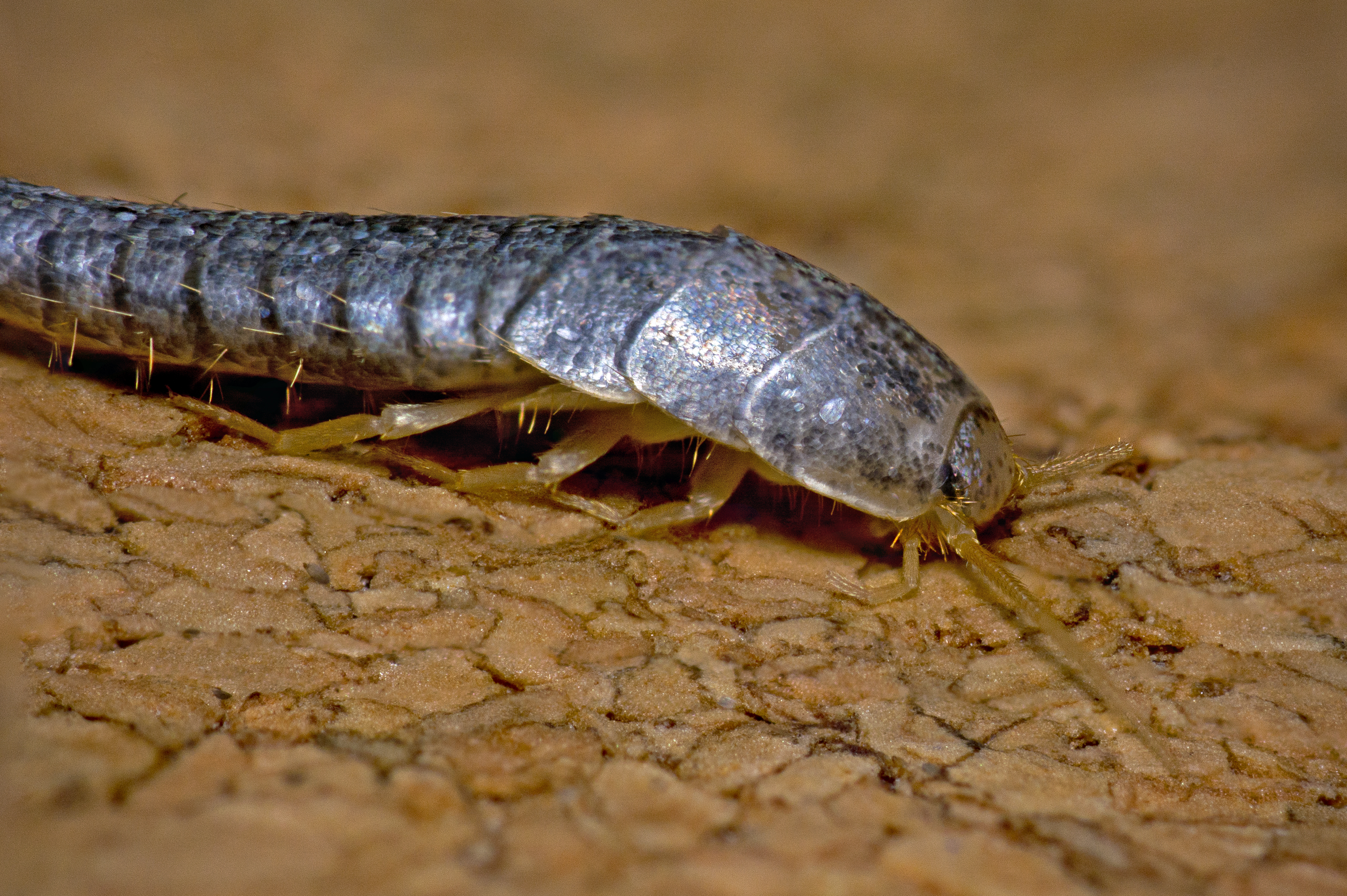
Silverfish, those elusive inhabitants of our homes, are rarely seen but play a fascinating role in the ecosystem. Under the moonlight, these creatures undergo a subtle yet significant transformation. Their silvery scales, which give them their name, reflect the moon's light, making them appear almost ethereal. This reflective quality serves a dual purpose: it confuses predators and helps them communicate with potential mates. The moonlit nights see an increase in their activity as they engage in a delicate dance of courtship. This transformation underlines the importance of lunar cycles in the reproductive strategies of many nocturnal creatures, highlighting a world of silent communication and survival tactics.
3. The Glow of the Ocean: Bioluminescent Wonders
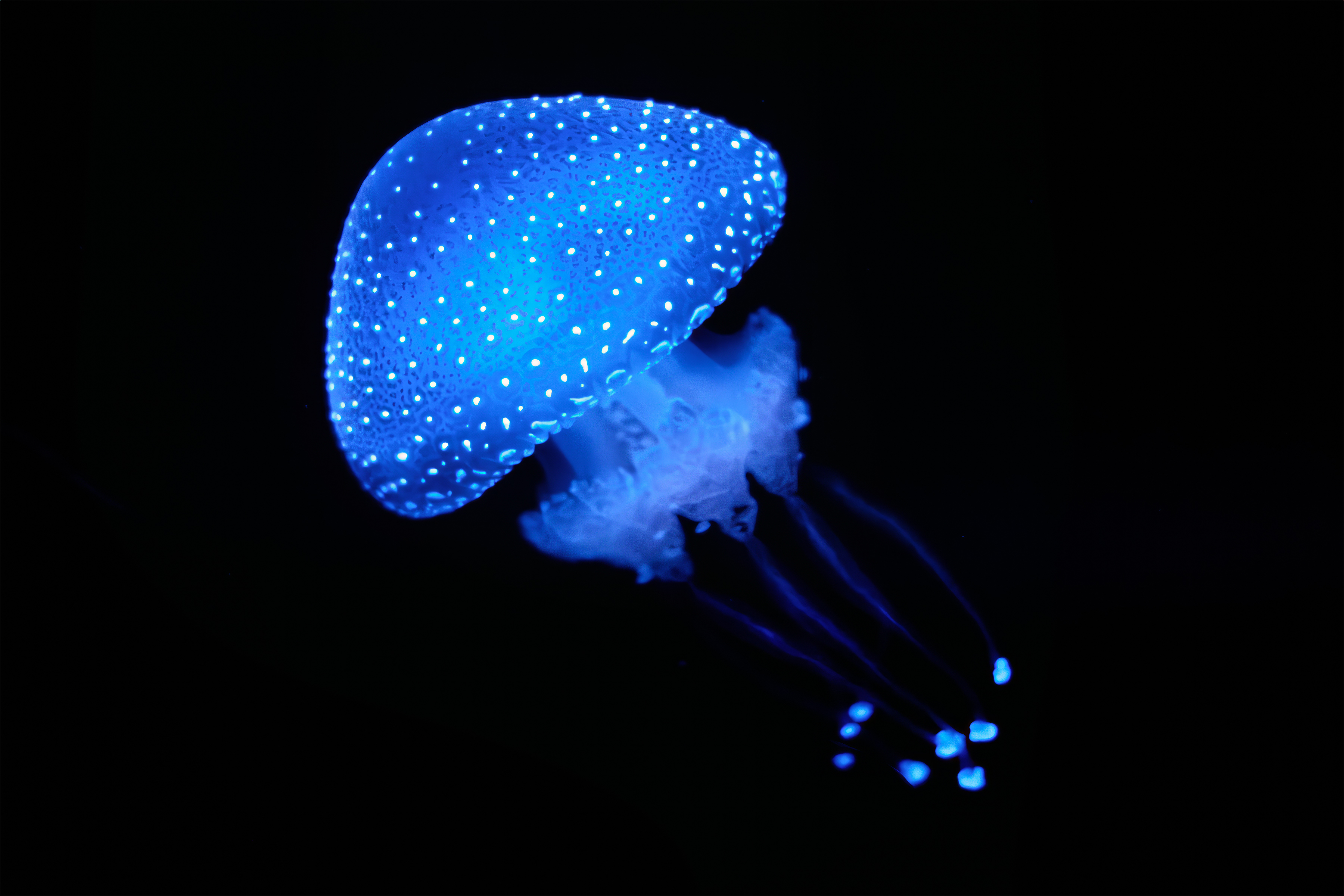
Certain creatures rely on the moon to guide their lives in the ocean's depths, where sunlight barely penetrates. Bioluminescent organisms, such as certain species of jellyfish and plankton, use the moonlight to trigger their glow. This light serves as a means of attracting mates and a defense mechanism against predators. The moonlit nights see entire stretches of the ocean light up in a dazzling display of bioluminescence, creating a mesmerizing and functional spectacle. This transformation is a testament to the adaptability of marine life, showcasing a unique interplay between the moon and the ocean's inhabitants.
4. The Lunar Lure of the Firefly
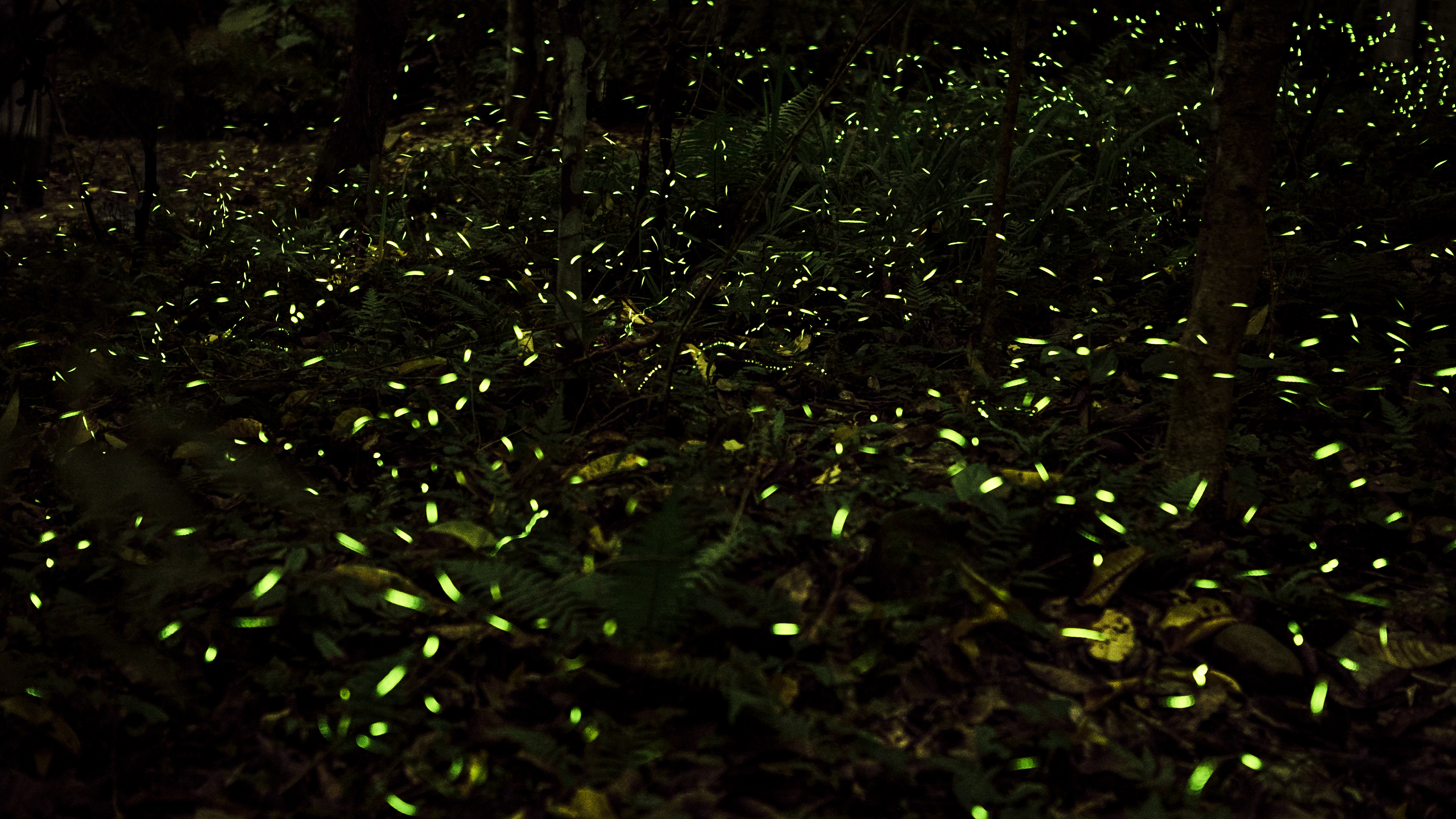
Fireflies are synonymous with warm summer nights, their flickering lights creating a magical ambiance. However, their relationship with the moon is less known but equally fascinating. The moonlight acts as a catalyst for their luminescent displays, which are used for mating rituals. Fireflies are more active on moonlit nights, their lights brighter and more frequent. This increased activity is not just for attracting mates but also as a deterrent to predators. The fireflies' transformation under the moonlight is a beautiful example of how creatures use natural light sources to enhance their survival and reproductive success.
5. The Amphibian's Awakening: Frogs and Their Moonlit Calls
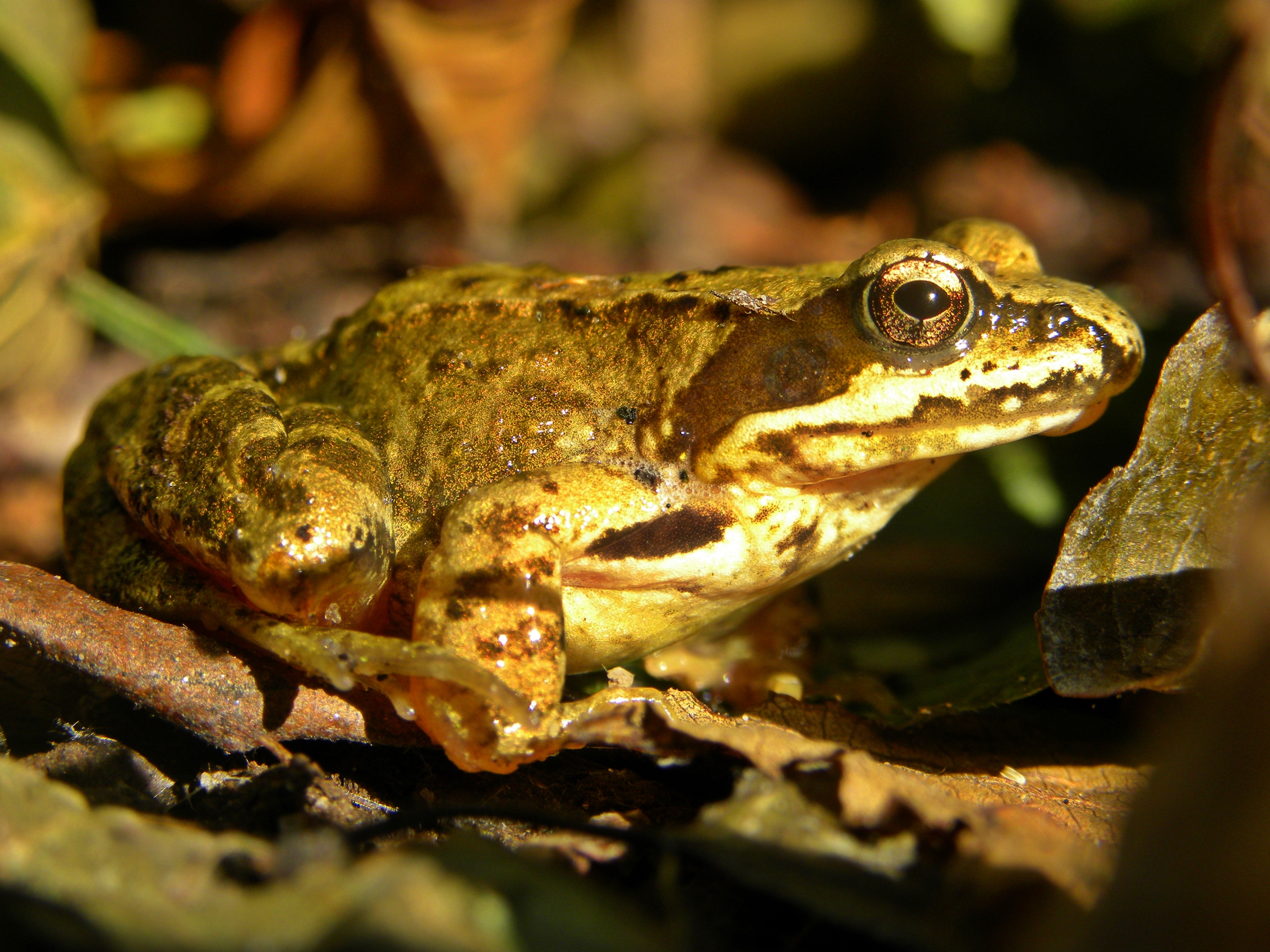
Frogs are known for their distinctive calls, especially during mating seasons. Under the moonlight, these calls take on a new dimension. Many species of frogs are more vocal on moonlit nights, using the increased visibility to enhance their mating displays. The moonlight not only aids in communication but also influences their physical appearance. Some frogs exhibit a change in skin coloration under the moonlight, a transformation that plays a crucial role in their mating rituals. This lunar influence on amphibians highlights the complex relationship between environmental cues and biological responses, showcasing the moon's role as a silent orchestrator of life.
6. The Nocturnal Nectar: Bats and Their Moonlit Feasts
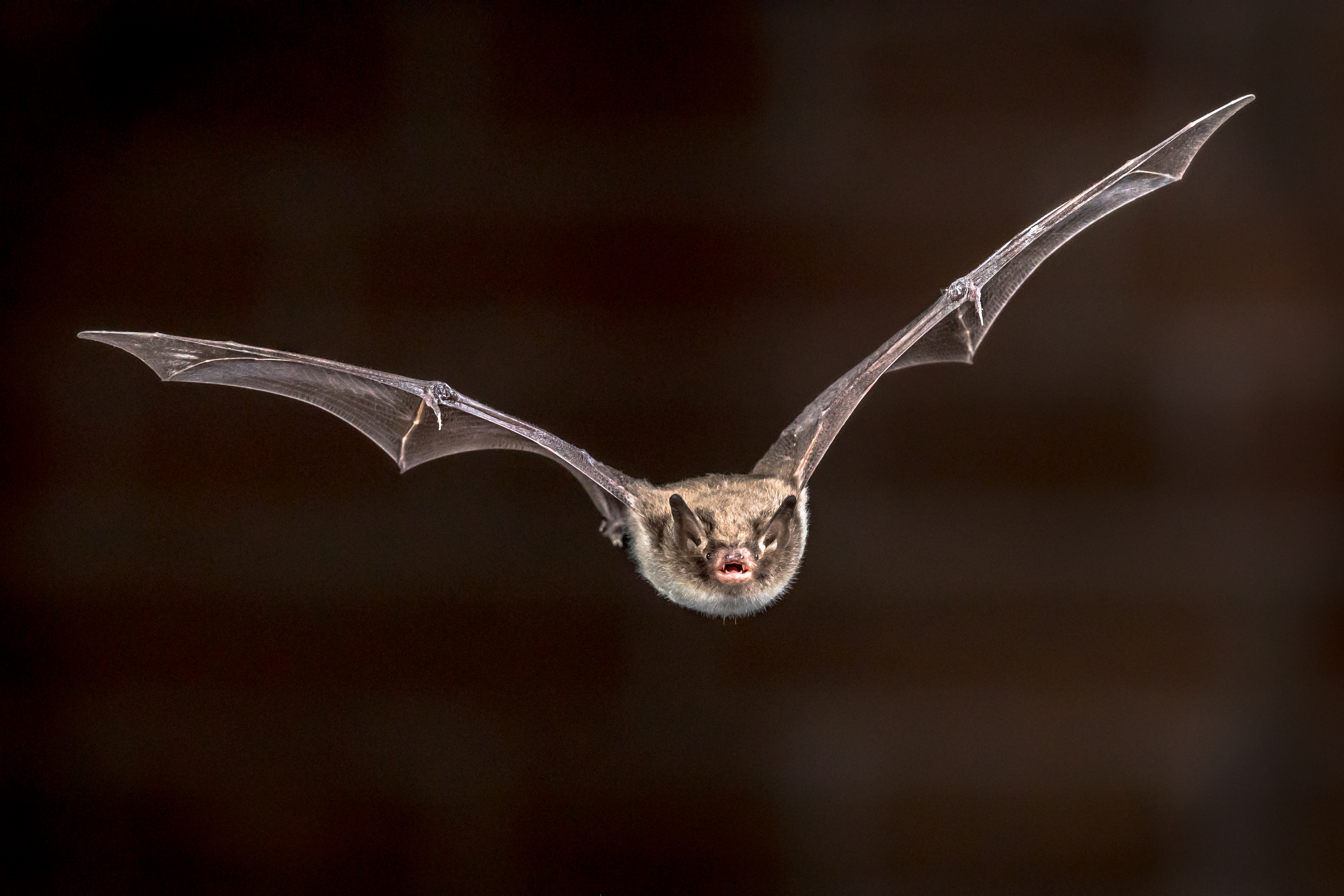
Bats are often associated with darkness and mystery, but their connection with the moon is practical and profound. Many species of bats rely on the moonlight to hunt for food, using the increased visibility to locate insects and other prey. The moonlit nights also see a change in their behavior, with increased social interactions and mating activities. This transformation is not just about survival but also about maintaining the delicate balance of the ecosystem. Bats play a crucial role in pollination and seed dispersal, and their moonlit activities ensure the continuation of these vital ecological processes.
7. The Celestial Symphony: Crickets and Their Moonlit Serenades
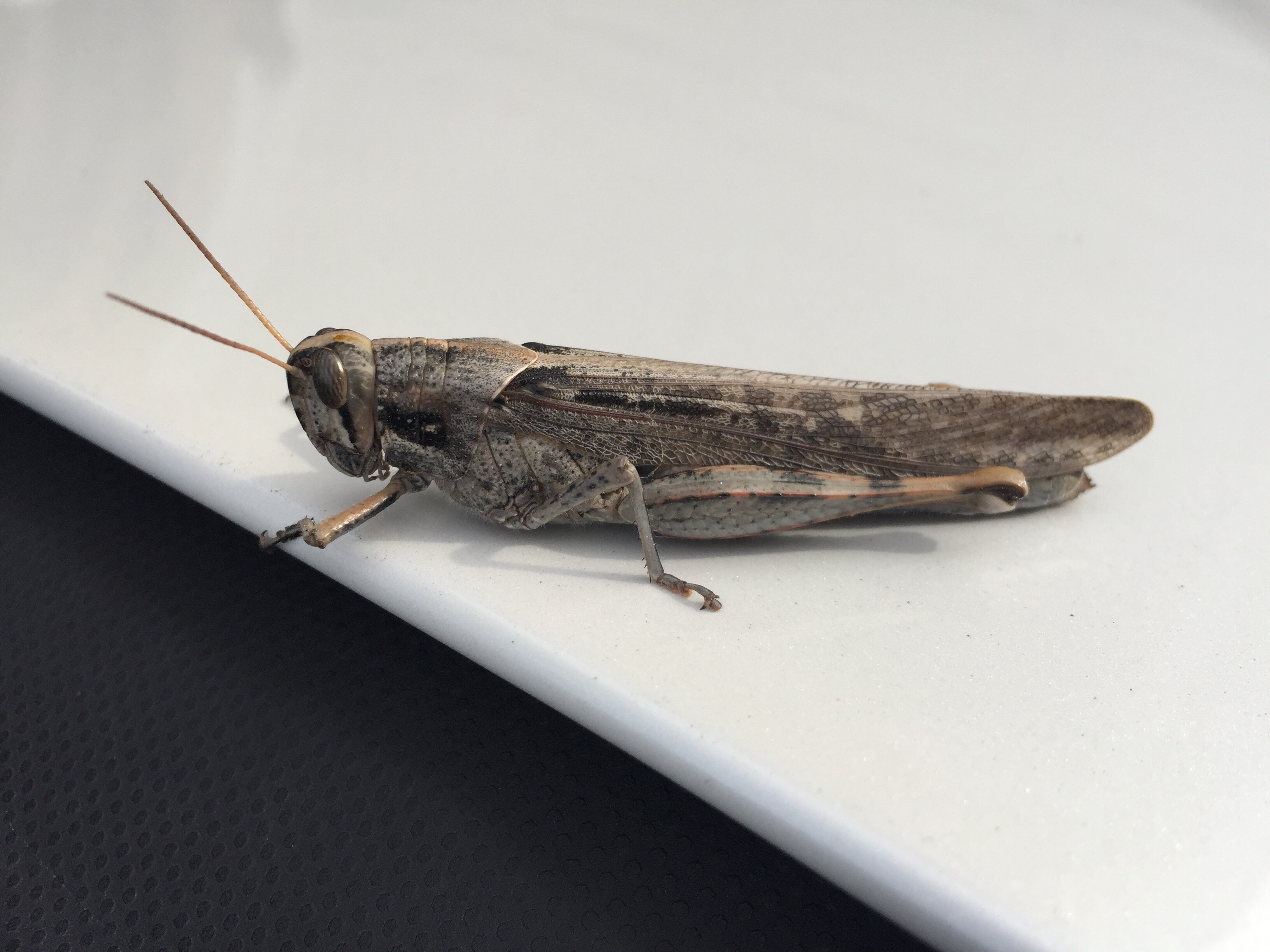
Crickets are known for their rhythmic chirping, a sound that defines the ambiance of a moonlit night. Under the moonlight, their calls become more frequent and complex, a transformation driven by the need to attract mates. The moonlight enhances their visibility, allowing them to engage in more elaborate courtship displays. This lunar influence on crickets is a fascinating example of how environmental factors shape the behavior and evolution of species. The moonlit serenades of crickets are not just a call for companionship but a testament to the intricate dance of life that unfolds under the moon's watchful gaze.
8. The Moonlit Migration: Sea Turtles' Celestial Compass

Sea turtles are renowned for their epic migrations, guided by an internal compass that aligns with the moon and stars. Under the moonlight, hatchlings emerge from their nests and make their perilous journey to the sea. The moonlight is a guiding light, helping them navigate the treacherous path to the ocean. This transformation from vulnerable hatchling to ocean-bound traveler is a remarkable feat of nature, showcasing the moon's role in guiding life on Earth. The lunar influence on sea turtles is a powerful reminder of the interconnectedness of life and the celestial forces that shape our world.
9. The Lunar Lure of the Owl: Silent Hunters of the Night
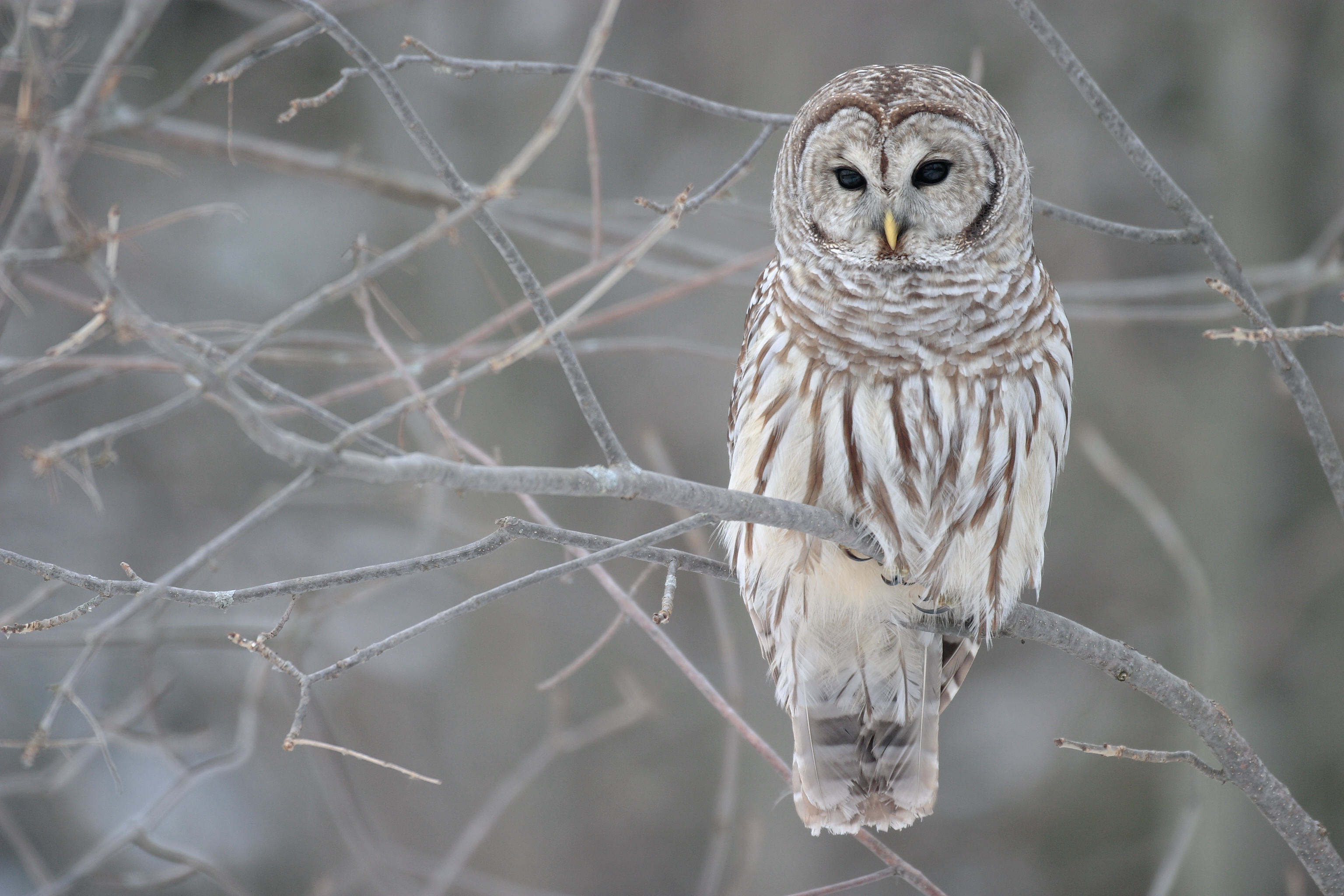
Owls are the quintessential nocturnal predators, their silent flight and keen senses making them formidable hunters. Under the moonlight, owls undergo a transformation that enhances their hunting prowess. The increased visibility allows them to spot prey more accurately while their calls become more frequent and varied. This lunar influence on owls is a fascinating example of how creatures adapt to the changing light conditions of their environment. The moonlit nights see the owls at their most active, a testament to their adaptability and the intricate balance of nature's cycles.
10. The Moonlit Metamorphosis of the Coral Reef

Coral reefs are vibrant underwater ecosystems that rely on a delicate balance of environmental factors. The moon plays a crucial role in their life cycle, influencing the timing of coral spawning events. Under the moonlight, corals release their gametes in a synchronized display, a transformation that ensures the continuation of the reef. This lunar influence on coral reefs is a powerful example of celestial forces shaping the natural world. The moonlit metamorphosis of the coral reef is not just a spectacle of nature but a vital process that sustains the biodiversity of our oceans.
With its serene and constant presence, the moon continues to be a source of inspiration and transformation in the natural world. The 10 extraordinary creatures explored in this article demonstrate the moon's profound influence on life on Earth. From the ocean's depths to the forest's heart, these transformations are a testament to the adaptability and resilience of nature. The moonlit metamorphosis of these creatures is a spectacle of beauty and a vital process that sustains the delicate balance of our ecosystems. As we marvel at the moon's timeless influence, we are reminded of the interconnectedness of all life and the celestial forces that shape our world.







